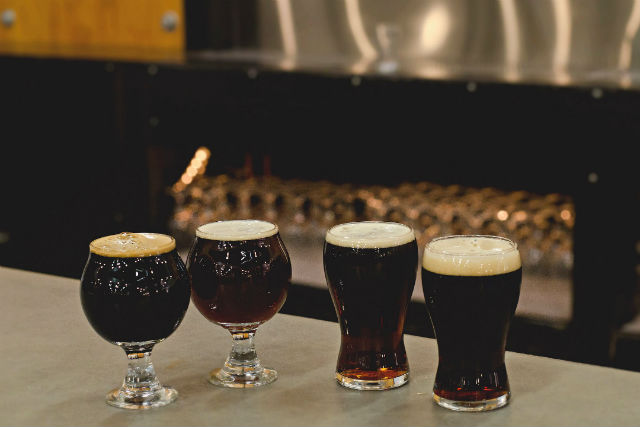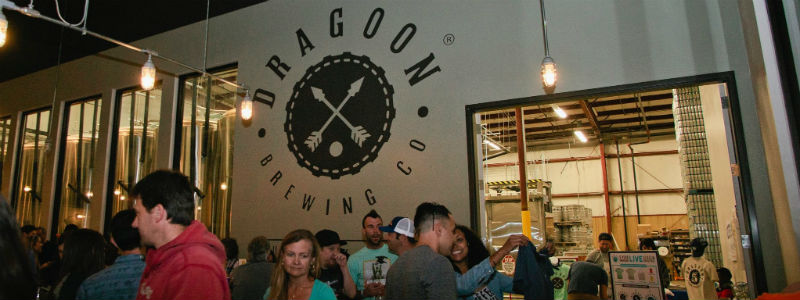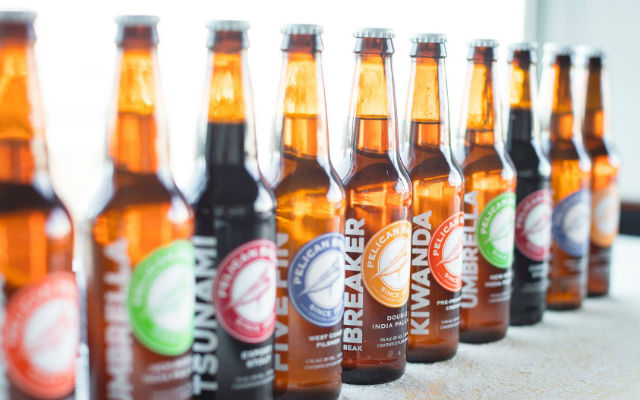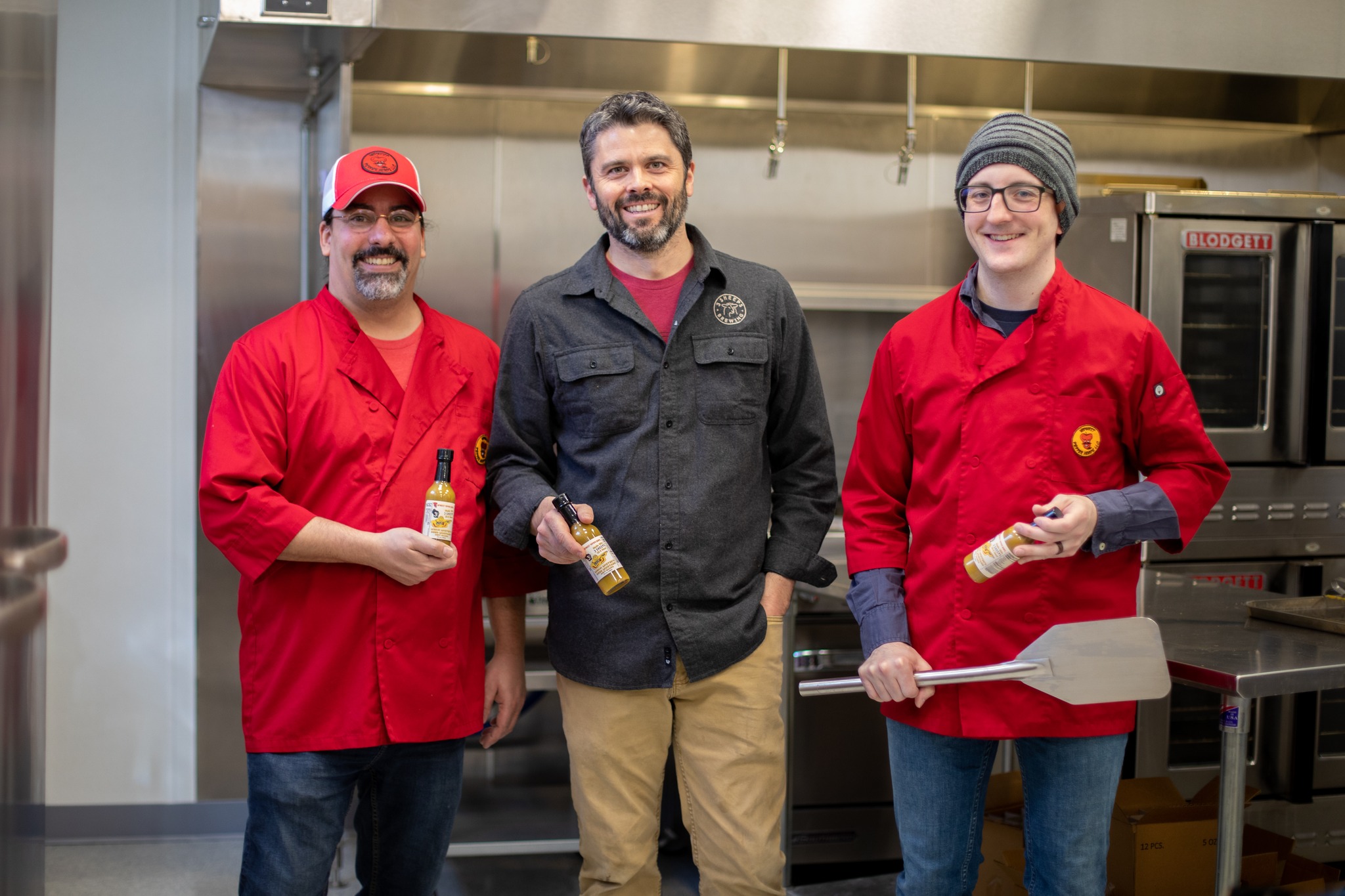
Tristan White laid out a story for Brewer Magazine when asked why they wanted to self-distribute longer then the first three years than the five-year old Dragoon Brewing in Tucson, Arizona did.
“We know of a local bar that wouldn’t carry any local beer on tap … . They had not even tried our beer,” he said. “They are now one of our top draft accounts. But it took us a while to build that relationship with them, now they are out there selling our beer for us.”
White feels the encounter was just one instance of why self-distribution can be a huge positive for smaller and up-and-coming breweries.
“You have that opportunity to create meaningful relationships where you know they (the people selling the beer) want to sell your products,” he said of both storytelling in the market and from behind the brewery’s taproom bar. “It’s so easy to do that while self-distributing.”
In Arizona, self-distribution is capped at 3,000 barrels, which meant just three years into opening, Dragoon saw the writing on the wall. Move into wholesale or stay under the cap. With an expected output of 3,600 in 2015, they started to look.
“You have to look at it as: Do you want to be a logistics company or do you want to be a brewing company,” White said, recalling a discussion amongst his fellow co-founders. “I think you do have to make that decision, and for some markets it makes sense. We were at the breaking point in that we were on pace to be about 3,500 barrels with one truck, one driver, two drop techs and a route coordinator/sales reps and myself.
White said they would have had to buy another truck and hire another driver.
“That wasn’t what we were really capable of doing,” he said.
A really good way to tell your story is to self-distribute, White noted.
“Get out there and make it happen because when we would walk into a place and say, ‘Hey we make this beer and we sell it. I could go get you the keg and have it on tap here in like in six hours.’,” he said. That is a very easy way to tell your story because people listen to that.
“I think that’s a very important part of this business and it also lends credibility to any wholesale partners you attempt to go with down the road because you can literally say, ‘I have done your job before. And I want you to do it because you’re better at it.’
“I’ve always tried to be as humble as possible. When you talk to someone about doing something for you.”
White feels, if even for a month, a brewery should self-distribute.
“If anything, just to figure out like how freaking hard it is,” he said. “Everybody thinks beer magically appears on shelves. It does not. And it is heavy.”





1 Trackback / Pingback